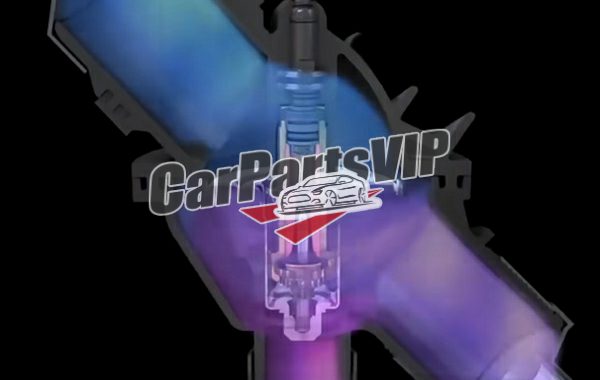The mechanical thermostat works on the principle of thermal expansion and contraction of paraffin, and controls the opening and closing of the thermostat by the temperature of the coolant. The center of the electronic thermostat is also filled with paraffin, but a heating device is installed inside the paraffin. This heating device is controlled by the electronic control unit ECU. The electronic control unit captures signals based on the engine water temperature sensor and the water temperature sensor on the radiator tank. When these signals reach the values set by the electronic control unit ECU, a heating instruction will be sent to control the heating of the heating device and the heating temperature can be accurately controlled. This is the implementation principle of the electronic thermostat. The electronic thermostat is more advanced than the mechanical thermostat. The main point is that the electronic control unit can dynamically control the heating of the heating device based on the sensor data of various sensors of the engine. That is to say, when the coolant has not reached the melting temperature of the paraffin, the electronic control unit can also control the melting of the paraffin in advance. This control is determined by the engine based on the sensor data of each sensor. The mechanical thermostat cannot achieve this effect. It can only start working after the coolant reaches a certain temperature. The above is the difference between mechanical and electronic thermostats.


